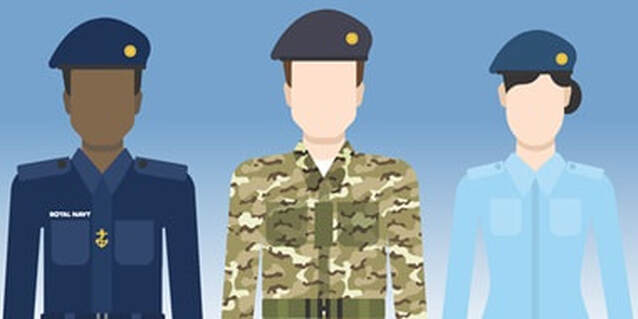By: Lauren Ward

The rising number of military personnel suffering ‘emotional trauma’ has been well documented (NAMI, 2011). This, as well as the number of service men and women committing or attempting suicide has been a source of both professional and popular concern. The BBC reported that fifty members of the military committed suicide in 2012; ‘more than the total number of soldiers who were killed in action last year’ (BBC, 2013).
The military environment is largely male dominated, and can be seen as a competitive, highly disciplined, and hierarchical social institution, focused on preparing its members for warfare. The prevailing culture in this environment is arguably one that encourages its members to both physically and psychologically ‘push themselves’ to and beyond their conceivable limits in order to suitably prepare them for the volatile situations they (may) encounter. The sad deaths of two soldiers training for the Territorial Army’s section of the SAS in the Breacon Beacons in July 2013 (WalesOnline, 2013) might be seen as an indicative of this culture of competition and performance pressure.
Military Masculinity and Emotional Expression
Whilst it is generally recognised that military veterans are a vulnerable group in relation to trauma and other expressions of emotional stress and distress, research indicates that the culture of the military discourages people from talking about their feelings (Marshall, 2006, p.32). This research suggests that a prevailing masculine culture in the military plays a big role in making emotional experiences ‘unspeakable’ for military personnel (Hall, 2008; Higate, 2001). This masculine subculture endorses hegemonic principles of masculinity (Higate, 2003), encouraging recruits to be physically, as well as mentally ‘tough’ (Ward and Callaghan, 2013). For members of the military, withholding or showing control over emotions becomes one more way to ‘prove’ manliness, and to distance yourself from feminine traits, which are often associated with weakness. For instance Hodson (1984, p.110) notes that tears and emotionality are problematized in phrases like: ‘water drops remain women’s weapons’ (Hodson, 1984, p.110).
“Big Boys Don’t Cry?” (Ward and Callaghan, 2013)
But is all emotion inconsistent with this military masculine identity? And what implications does this have for our understandings of mental health in the military? Using 6 face to face interviews, the authors set out to explore how this military masculine identity moderated how emotions were understood. In this research, the authors found:
- Men in the military were constructed as naturally unemotional and not innately capable of the same emotion that women are.
- Some emotion was deemed ‘appropriate’; this appropriateness, and acceptableness was dependent on the contextual issue. For example, ‘crying because your missing the wife’ was deemed feminine and inappropriate, whereas if ‘something happened when whilst out on operation’ this would justify a short ‘bout’ of emotionality.
- ‘Cracking on’, or ‘soldiering on’ through (physical and mental) pain was evidence of commitment to the military masculine way of life. This shows mental determination and is evidence of being a ‘real man’.
- Those who do not ‘crack on’ are labelled as weak and feminine; thus recruits do not seek help, in fear of being labelled as such (NAMI, 2011).
Conclusion(s): Gender becomes a lens to which all emotional experiences are understood and managed, and thus provides recruits with a ‘way to be’ and a ‘way not to be’. This as a result may offer explanations as to why servicemen (and women) feel unable to discuss emotional experiences that may be inconsistent with this military identity (i.e. the ‘way not to be’).
